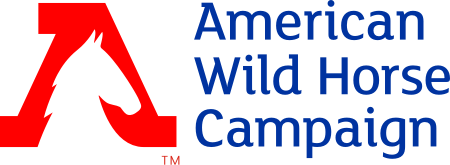My Mission
This site is an evolving labor of love. During the summer of 2014, I became interested in the fact that numerous herds of wild horses still roam remote ranges throughout Utah. This interest quickly grew into an impassioned ambition (some might call it an obsession, but what do they know?) to visit every designated herd area, and photograph at least one of the horses roaming each of these locations.
My first outing was surprisingly successful, spotting a small band grazing on the west side of the Cedar Mountains and a large herd west of Simpson Springs in the Onaqui Mountains area. In both cases, the mustangs were easily viewed from well-maintained dirt roads, no Jeeping required. It seemed my goal might be easier to achieve than I had imagined. But as my journeys spread further into remote areas of Millard, Beaver, Emery Counties and beyond, I came to understand that this is not an "if you've visited one herd area, you've visited them all" proposition. In fact, future visits to the Cedar Mountains taught me that some days the horses seem to be everywhere, and others (even just a week later) they are nowhere to be found -- and yes, some of the most promising viewing locations do require high-clearance 4WD.
The idea of creating this web site arose about a year into this effort, while driving home from a particularly remote location for which very little information could be found on the internet. While the BLM provides directions to viewing areas for several herd areas, others are completely ignored. In these cases, I spent a lot of time studying the location on Google Earth, trying to determine the best way into and through the area. Very often, having mapped a route into my GPS unit, I would venture out to discover that not everything that looks like a trail on Google Earth is actually a navigable trail on the ground. Sometimes a white line on the computer screen turns out to be a rugged wash; other times, an old road suddenly ends where years of seasonal runoff has carved a deep gully across the path. More maps, both paper and digital, and hours of in situ exploration were required to really figure out some of these lesser-known locations. But the rewards for all this effort were undeniable, even when they resulted in zero mustang sightings. The thought occurred to me that others might like to know how to access some of these areas ... and this web site was born.
My wild horse adventures have taken me to amazing locations hidden away in little-known and less-visited regions of this vast and beautiful state; locations I never would have visited under any other circumstances. I have often found myself rolling along trails that may not have seen another traveler in months -- if not years -- with no sign of another human being for miles in every direction. I have found stunning mountain ranges, breathtakingly pristine valleys, precious little canyons, surprising desert oases and, of course, those magnificent mustangs. I logged more new sights and inspiring experiences in the ten months leading up to the creation of this web site than I had in ten preceding years, and the surprises just keep coming.
The purpose of this site is to share these experiences, and provide genuinely helpful information for others wishing to embark upon similar adventures of their own. Of course, pointing you to specific places where I happened to sight wild horses on a particular date and time does not guarantee that these nomadic animals appear every day at the same location --note that even the phrase "almost guaranteed" (see the Onaqui Area) does not mean absolutely guaranteed. Still, the information provided here should increase your odds for finding mustangs -- but most importantly, it will help you plan a safe journey into and back out of these often vast and remote areas. I also hope this site inspires you to learn more about these beautiful animals, as well as their under-appreciated and often threatened habitats.
A modified list of regions and areas
This site is built around herd areas rather than the herds themselves. My reason for approaching the project this way is based upon two observations. First, designated herd areas often border upon each other, leaving one to wonder whether the bands roaming these areas are truly members of distinct herds (whatever that really means). Second, some areas are vast and rugged, requiring significant travel between potential viewing locations, often from widely separated entry points. With these facts in mind, my list of herd areas differs somewhat from others you may find around the web. Generally, I have arranged the areas into six regions, based upon proximity of the included areas to one another and accessibility from one to another.
My approach defines 29 specific areas within six regions (click the Explore! link to view). The BLM's report on herd area statistics for fiscal year 2017 indicates extant equine populations in 27 of these areas: mustangs in 25 and wild burros in the remaining two. Links are active for areas I have visited at least once, gathering enough information to create a page. Areas without links will be activated in due course, as I continue my quest to visit and construct pages for them all. Ideally, each page on this site will eventually include:
1. A description of the area visited, including terrain, points of interest, and non-equine inhabitants.
2. Information concerning the availability of fuel, lodging and other services.
3. Photos of the area and, when I am fortunate enough to find them, the mustangs inhabiting it.
4. Clear directions to the area and specific viewing locations, including maps, GPS coordinates, road conditions, navigational tips, etc. Since cellular service is extremely rare in these remote areas, I will also provide printable pdf versions of each page (links appear near the top of each page).
5. Links to other web sites with information particular to that herd area.
learn more about efforts to protect america's wild horses and burros
Wild Horse Tourist is not affiliated with any of these organizations, but we encourage you to support their vital mission.




